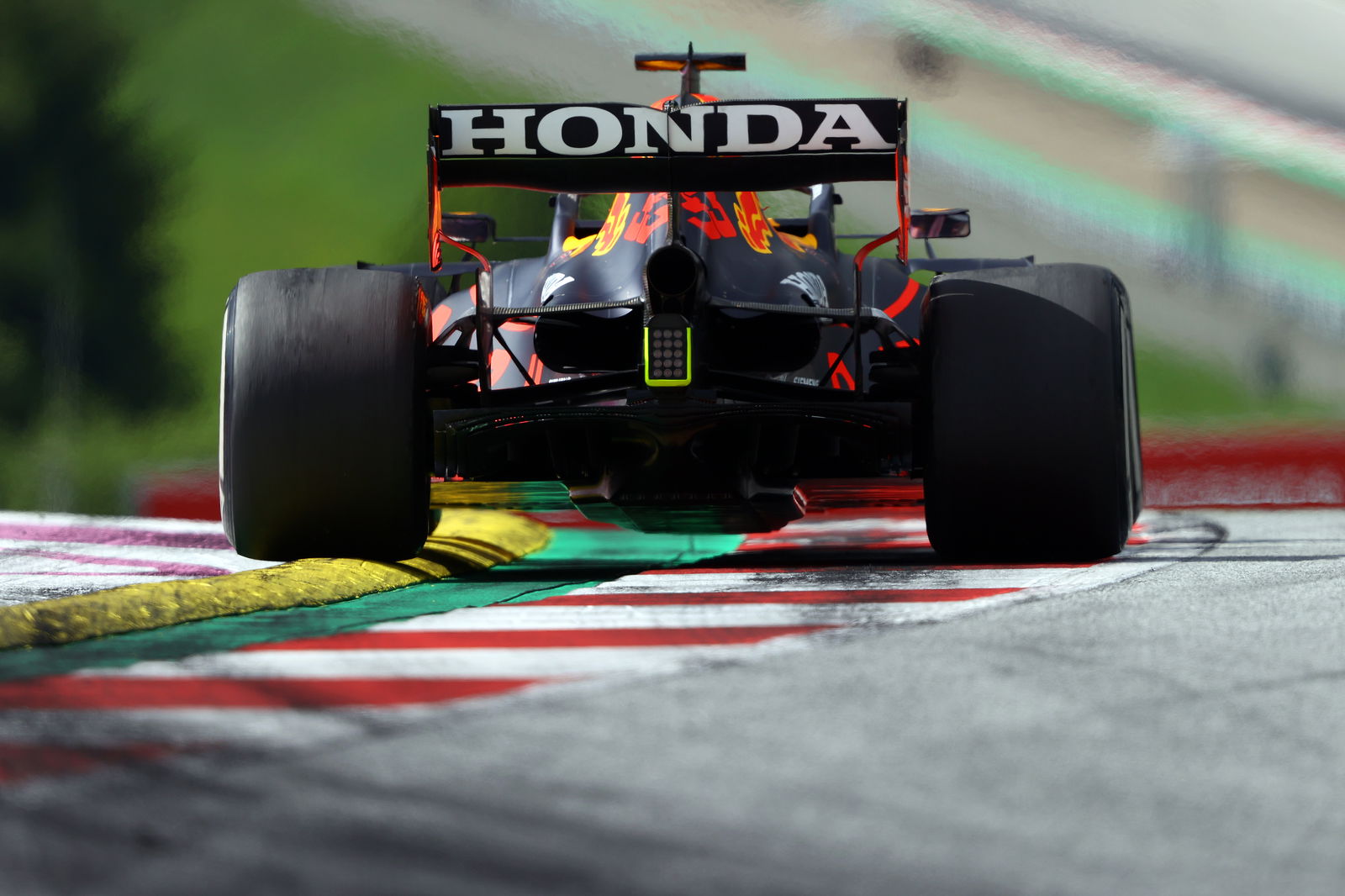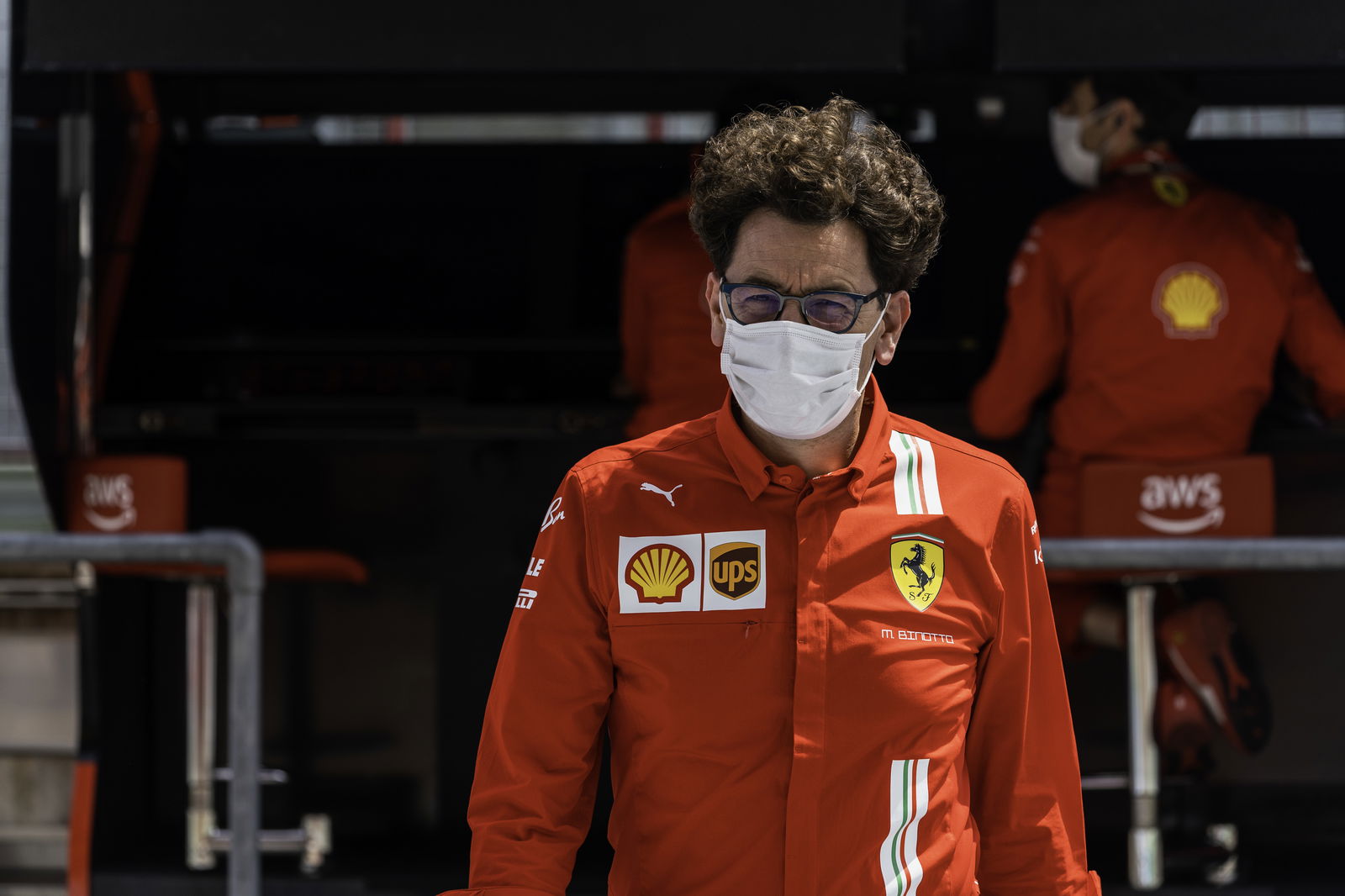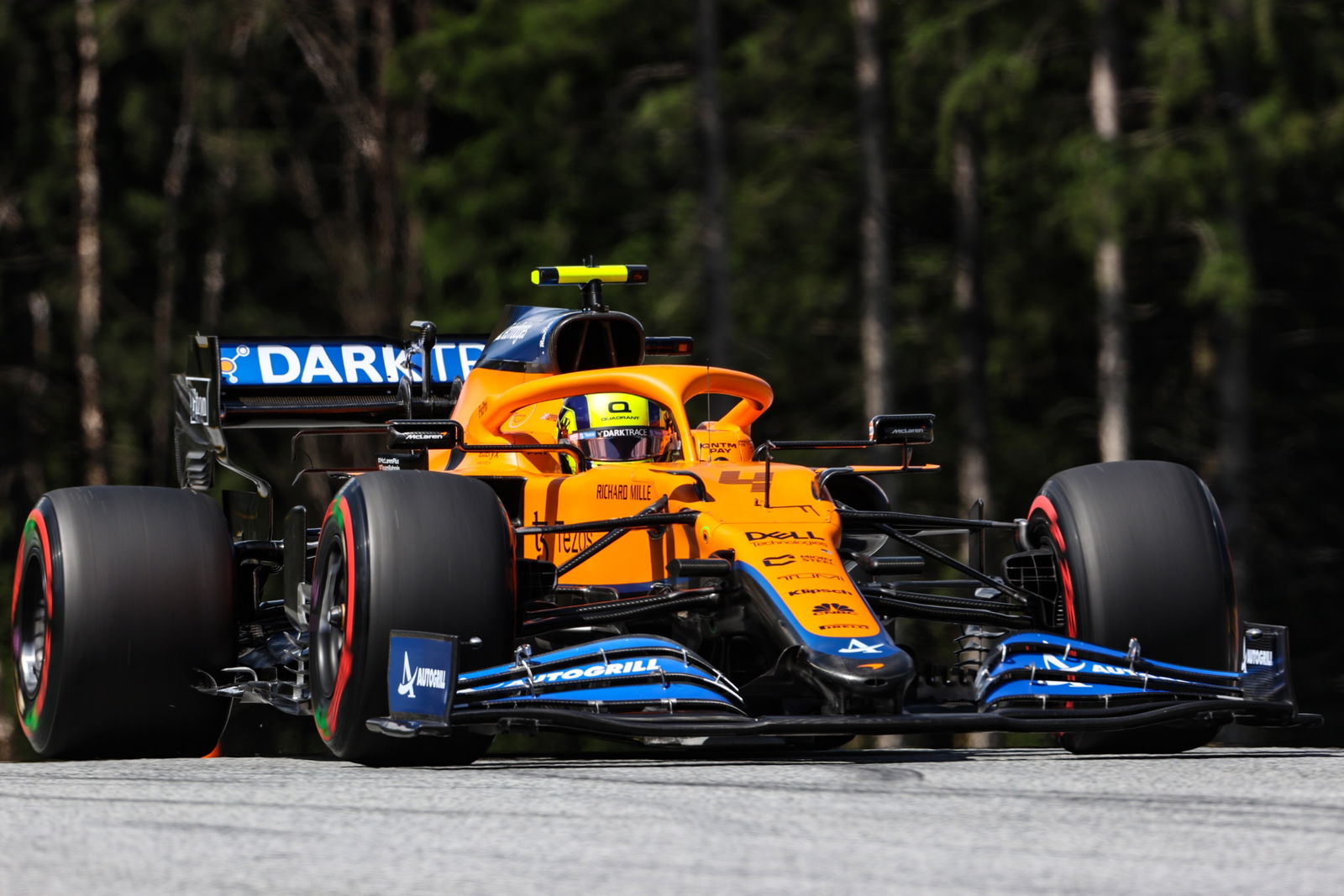The new ExxonMobil oil that has boosted Red Bull’s F1 title charge

Red Bull has repeatedly dismissed theories from Mercedes regarding its strong speed on the straights that have ranged from its so-called ‘bendy’ rear wing to gains from an engine upgrade, despite F1’s power unit homologation rules for 2021 prohibiting new specifications from being introduced.
The Milton Keynes squad moved onto Honda’s second of three permitted power units at Paul Ricard, one race after Mercedes had introduced its second engine of 2021.
With teams only allowed to introduce reliability fixes on their engines this year, there was initial scepticism from the Mercedes camp surrounding Red Bull’s straight-line speed gains after scoring back-to-back victories in France.
Following Max Verstappen’s dominant win at the Styrian Grand Prix, Red Bull team principal Christian Horner confirmed the new oil from fuel supplier ExxonMobil, which was introduced in Baku.
“We have a new oil from ExxonMobil, so I think they should take full credit for all Lewis' pointing at the engine,” Horner said. “The engines are homologated, it is the same spec.
“It is unusual for Mercedes to have had to have changed so early in the year as they did. They seem to have, perhaps, higher degradation this year than in previous years. But as I say, all we can do is focus on our own job.
“And another great performance by Honda, our 10th victory now with Honda now in under three years. So it’s so far so good.”
The upgraded oil, which uses materials traditionally used in the cosmetics industry, has been designed to be protected from extreme heat and wear.
This enables the engines to be run at higher temperatures and increased power modes and Red Bull reaped the benefits in France after moving onto Honda’s second PU.
Honda also worked hard over the winter to fast-track its engine that was originally scheduled for 2022 after the Japanese manufacturer announced its exit from F1 at the end of 2021.

Another factor behind Red Bull’s straight-line speed advantage over Mercedes has been its decision to move to a slimmer rear wing and low-drag, low-downforce configuration.
“It’s undoubted that Honda have done a great job over the winter but just look at the configurations of the car,” Horner explained.
“They [Mercedes] have got a barn door on the back of their car for this race and we had a pretty skinny rear wing. So, you don’t need to be a rocket scientist to work out why we’re potentially a bit quicker on the straights.”
Red Bull’s gains have helped it move into a 40-point lead over Mercedes in the constructors’ standings, while Verstappen holds an 18-point advantage over reigning world champion Lewis Hamilton.
It has left Mercedes stuck in a quandary, given engine performance upgrades are not allowed in season and the German marquee’s development stance on prioritising 2022 rules revolution.
Mercedes is seemingly restricted in its quest to find more straight-line performance, but could it follow Red Bull’s slimmed-down wing philosophy?
“We could have put a smaller wing on this weekend but we would have just been slower through the corners and therefore probably had more degradation, so we will be looking at things,” Hamilton responded when asked that question after last weekend’s race.
“Naturally they have that really good wing that bends, which they’ve had most of the year. I think they’ve been developing it for, as far as I’m aware or what I’m told, for quite a long time, which we haven’t - so that would definitely be part of it.
“I don’t know. I’m pushing everyone as hard as possible, putting as much work in as possible to get us performance.”
Mercedes technical chief James Allison has since revealed that his side do in fact have upgrades - on both the chassis and engine side - to come as it bids to wrestle back control from Red Bull in this year’s title race.


